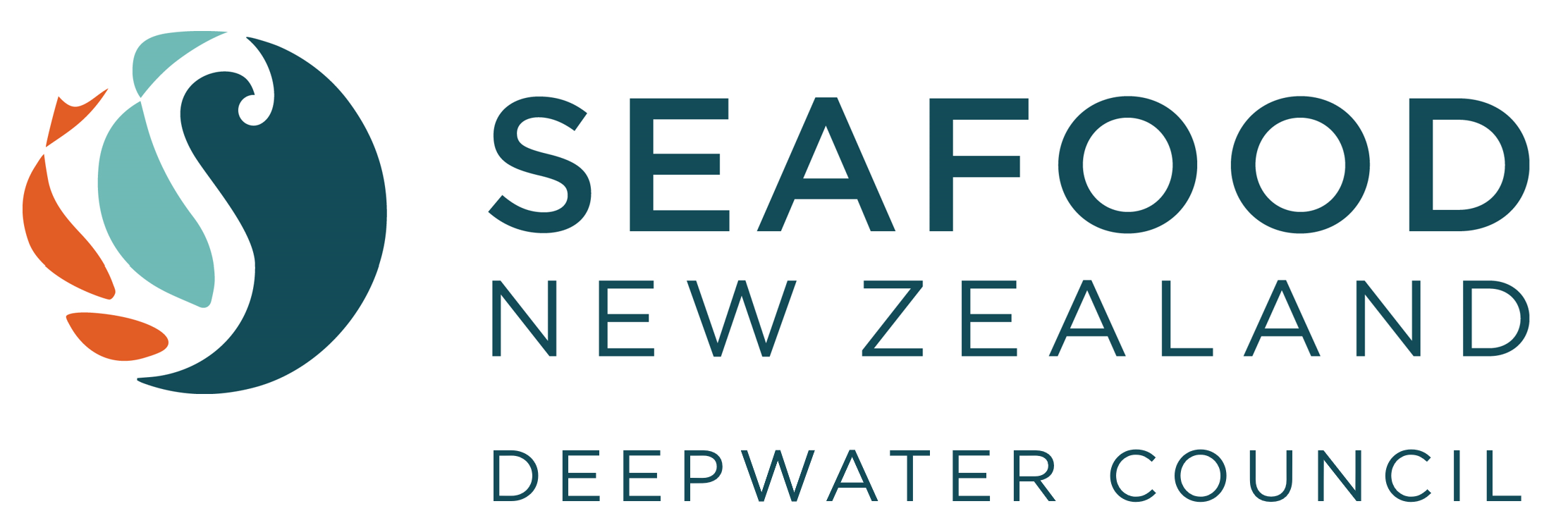Primary Industries Minister Nathan Guy has announced increases to catch limits for a range of New Zealand fisheries today, thanks to healthy stock levels.
“This shows the success of our world-leading Quota Management System (QMS). It is flexible and driven by science, which means that we can increase take as stock levels improve,” Mr Guy says.
Healthy stocks have led to increased Total Allowable Catch (TAC) limits for:
- Hoki 1 (10,100 extra tonnes across New Zealand)
- Orange Roughy 7A (1155 extra tonnes on the upper West Coast)
- Orange Roughy 3B (525 extra tonnes around the lower South Island)
“These changes are estimated to be worth almost $24 million in revenue. New information for the orange roughy stocks indicates they have fully rebuilt in certain areas and are within or above the agreed management target range.
“There will also be a small increase to the catch limit for the Blue Moki fishery off the east coast of the South Island.
“At the same time we must exercise caution and rebuild fish stocks where we need to. With this in mind I have reduced catch limits for Mid-East Coast orange roughy (ORH2A, 2B and 3A) and have decided to close Mair Bank and Marsden Bank, located at the entrance to Whangarei Harbour (PPI 1A), to commercial and recreational harvesting of pipi. MPI will complete a stock reassessment within three years.
“There will be an adjustment to the deemed value rates for fishers landing bluenose on the Chatham Islands to ensure commercial catch remains within the limits set for this fishery.
“I have carefully considered the impacts of this decision and MPI will continue to engage with the Bluenose 3 Project Team and other stakeholders on the issue of bluenose bycatch, and help where possible in the wider rebuild of bluenose stocks.
“A new rule requiring escape holes in hagfish pots will also be put in place to allow a greater chance for smaller fish to escape.
“Introduction of hagfish to the QMS has been considered, but this will not occur until further information is gathered and consultation with commercial fishers has been undertaken. We will keep a close eye on this fishery in the meantime.
“The fishing industry is very important for New Zealand’s economy, generating around $1.5 billion per year in export revenue and creating many jobs. These decisions will help it grow sustainably.”
Changes to sustainability measures and management controls will come into effect at the start of the new fishing year on 1 October 2014.
Detailed information on the Minister’s decisions, including copies of his decision letters and Final Advice Papers are available at www.mpi.govt.nz
